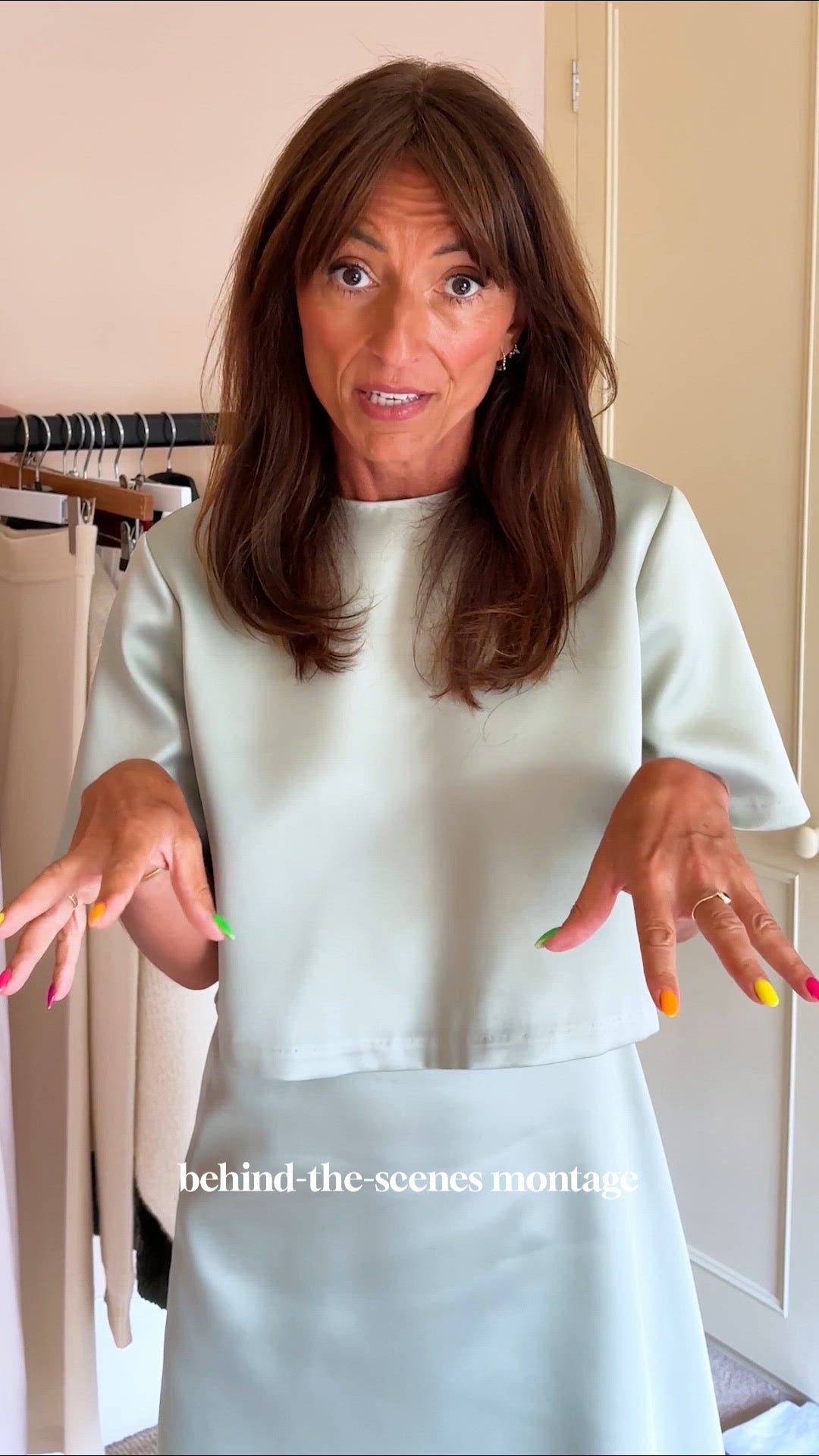Drop everything! Unless, that is, you’re currently holding a trowel. A particular plant goes on sale at B&Q today and if you’re not quick it may well be gone by teatime. Granted, this rose spent eight years in development before the RHS previewed and approved it. Plus, it’s named for the Princess of Wales who is reported to be ‘delighted’ by it. And the money raised by Catherine’s Rose goes to a great cause – The Royal Marsden Cancer Charity, where the Princess was treated for cancer.
All of which means, it’s set to be a ‘must-have’ plant this autumn. What else should you buy now, before you miss your chance? We asked gardening expert Dan Cooper for his insider picks of the season.
Narcissus ‘Polar Hunter’ – ‘I can’t recommend this exciting narcissus (daffodil) highly enough,’ says Dan. ‘It has heavily scented, long-lasting ivory-coloured flowers with a tantalising tinge of green.’ Bred in New Zealand, it gets its unique traits from its parents – a green flush from Narcissus viridiflorus and an intense perfume from Narcissus jonquilla. Flowering starts in late winter and goes on for many weeks. ‘It was the star of my front door step last spring, and I will be planting hundreds more this year,’ says Dan. He recommends planting some bulbs in a pot now, so that you can bring them inside. ‘They're so lovely as a cut flower and a must for spring wedding bouquets. Comes back every year,’ says Dan.
What to read next
Tulip ‘Apeldoorn’ – ‘Tulips are notorious for not coming back the following year, and with the price of bulbs increasing annually, they are becoming an expensive purchase,’ says Dan. So it’s not surprising that we’re seeing huge interest in reliably perennial tulips like ‘Apeldoorn’. Dan describes it as ‘a beautiful Darwin type tulip with large, glistening red flowers that open wide to the sun.’ Once considered a bit ‘ordinary’, this persistent tulip is once again highly sought after for its ability to endure and develop into large clumps over time.’
‘Cornishgold’ pear – ‘A pear like no other,’ says Dan, it was discovered growing in the kitchen garden of a historic farmhouse in Cornwall. The original tree, known as the Treburrow Pear, is centuries old and continues to produce fruit today. ‘DNA testing has shown it to be utterly unique and distinct from any other variety,’ he explains. ‘When ripened, the fruits are mellow and sweet, making excellent juice. They store well and are perfect for cooking and poaching. You can pick the fruits in late September, and they will store well into November. This rediscovered pear is the perfect example of why we should preserve old varieties, as they often have qualities modern hybrids lack.’
Hydrangea ‘Groundbreaker Blush’ – Dan describes this low-growing hydrangea as ‘a genuine breeding breakthrough’. It offers those of us with small gardens or exposed plots the opportunity to grow a paniculata-type hydrangea without the fear of it getting too large or flopping over. Plus, he says: ‘it’s perfect for planting in containers or along a path, since these diminutive shrubs grow just 30cm tall but spread to 60cm.’ From July onwards, Hydrangea ‘Groundbreaker Blush’ is smothered in cones of white flowers that develop a pink tinge as they age. The resultant mixture of flowers of different ages giving you a lovely candyfloss effect on each bush.
Miscanthus ‘Red Spear’ – grasses really come into their own in autumn, and this one, introduced by Knoll Gardens in 2025, has tall, upright stems topped with flower buds reminiscent of spear heads. They burst open to produce glittering, bright red inflorescences that have the appearance of a firework, before fading to fawn in winter. Miscanthus ‘Red Spear’ would provide a stunning backdrop to autumn flowering perennials such as heleniums and rudbeckia, and could even be planted in a row to screen off the working areas of a garden, or create a secret seating spot.
Malus ‘Halloween’ – 2025 has been a vintage year for blossoms and berries, according to Dan. Crab apple trees are looking their very best right now and this one is both new and special. Originating in Kent, ‘it produces yellow-orange crab apples that are ribbed, giving them the appearance of mini pumpkins,’ says Dan. ‘Just think of the decorating possibilities! Do leave some for the birds too, they love eating them,’ he explains. Come spring, Malus ‘Halloween’ produces white, semi-double blossoms, which are also perfect for attracting pollinating insects. Dan’s top tip? ‘Purchase as a bare-rooted tree now and you’ll also save yourself 40% - 50% of the cost versus buying a containerised tree later.’













